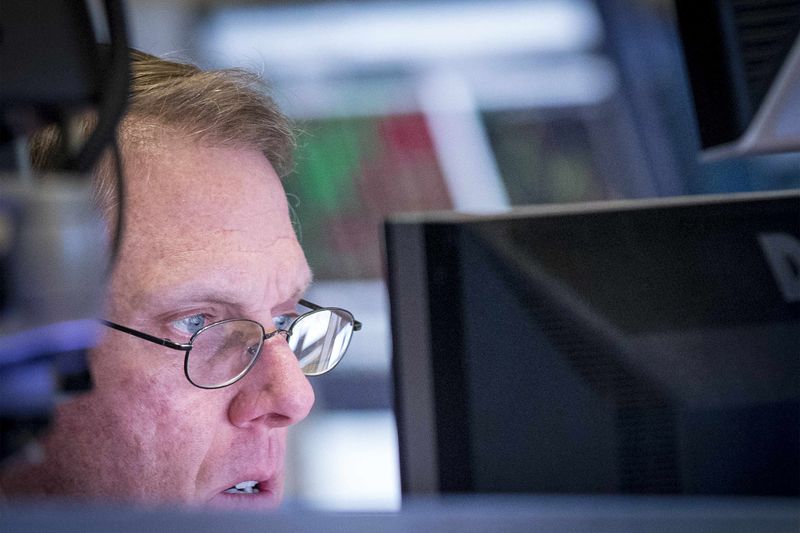Benzinga - by Benzinga Insights, Benzinga Staff Writer.
In the fast-paced and highly competitive business world of today, conducting thorough company analysis is essential for investors and industry observers. In this article, we will conduct an extensive industry comparison, evaluating Procter & Gamble (NYSE:PG) in relation to its major competitors in the Household Products industry. Through a detailed examination of key financial metrics, market standing, and growth prospects, our objective is to provide valuable insights and illuminate company's performance in the industry.
Procter & Gamble Background Since its founding in 1837, Procter & Gamble has become one of the world's largest consumer product manufacturers, generating more than $80 billion in annual sales. It operates with a lineup of leading brands, including more than 20 that generate north of $1 billion each in annual global sales, such as Tide laundry detergent, Charmin toilet paper, Pantene shampoo, and Pampers diapers. P&G sold its last remaining food brand, Pringles, to Kellogg in calendar 2012. Sales outside its home turf represent around 53% of the firm's consolidated total.
| Procter & Gamble Co | 27.13 | 7.96 | 4.89 | 7.6% | $5.54 | $10.34 | 0.63% |
| Colgate-Palmolive Co | 29.73 | 334.10 | 3.92 | 162.81% | $1.2 | $3.04 | 6.18% |
| Kimberly-Clark Corp | 25.11 | 44.13 | 2.27 | 66.05% | $1.03 | $1.91 | -0.89% |
| Church & Dwight Co Inc | 34.09 | 6.42 | 4.49 | 5.72% | $0.37 | $0.69 | 5.14% |
| Clorox Co | 67.96 | 179.92 | 2.29 | -70.83% | $0.04 | $0.77 | -5.27% |
| Reynolds Consumer Products Inc | 17.99 | 2.98 | 1.60 | 2.47% | $0.12 | $0.2 | -4.69% |
| WD-40 Co | 45.86 | 14.43 | 5.57 | 7.16% | $0.02 | $0.07 | 6.85% |
| Central Garden & Pet Co | 16.41 | 1.62 | 0.73 | 4.18% | $0.12 | $0.28 | -0.98% |
| Energizer Holdings Inc | 24.19 | 10.71 | 0.72 | 17.91% | $0.11 | $0.25 | -3.04% |
| Oil-Dri Corp of America | 13.90 | 3.09 | 1.87 | 6.12% | $0.02 | $0.03 | 3.93% |
| Average | 30.58 | 66.38 | 2.61 | 22.4% | $0.34 | $0.8 | 0.8% |
th, td { padding: 8px; text-align: left; }
th { background-color: #293a5a; color: #fff; text-align: left; }
tr:nth-child(even) { background-color: #f2f4f8; }
tr:hover { background-color: #e1e4ea; }
td:nth-child(3), td:nth-child(5) { text-align: left; }
.dividend-amount { font-weight: bold; color: #0d6efd; }
.dividend-frequency { font-size: 12px; color: #6c757d; } By closely examining Procter & Gamble, we can identify the following trends:
- A Price to Earnings ratio of 27.13 significantly below the industry average by 0.89x suggests undervaluation. This can make the stock appealing for those seeking growth.
- The current Price to Book ratio of 7.96, which is 0.12x the industry average, is substantially lower than the industry average, indicating potential undervaluation.
- The Price to Sales ratio of 4.89, which is 1.87x the industry average, suggests the stock could potentially be overvalued in relation to its sales performance compared to its peers.
- The Return on Equity (ROE) of 7.6% is 14.8% below the industry average, suggesting potential inefficiency in utilizing equity to generate profits.
- The company exhibits higher Earnings Before Interest, Taxes, Depreciation, and Amortization (EBITDA) of $5.54 Billion, which is 16.29x above the industry average, implying stronger profitability and robust cash flow generation.
- The gross profit of $10.34 Billion is 12.92x above that of its industry, highlighting stronger profitability and higher earnings from its core operations.
-
The company's revenue growth of 0.63% is significantly below the industry average of 0.8%. This suggests a potential struggle in generating increased sales volume.
The debt-to-equity (D/E) ratio measures the financial leverage of a company by evaluating its debt relative to its equity.
Considering the debt-to-equity ratio in industry comparisons allows for a concise evaluation of a company's financial health and risk profile, aiding in informed decision-making.
By analyzing Procter & Gamble in relation to its top 4 peers based on the Debt-to-Equity ratio, the following insights can be derived:
- Procter & Gamble is in a relatively stronger financial position compared to its top 4 peers, as evidenced by its lower debt-to-equity ratio of 0.65.
- This implies that the company relies less on debt financing and has a more favorable balance between debt and equity.
This article was generated by Benzinga's automated content engine and reviewed by an editor.
© 2024 Benzinga.com. Benzinga does not provide investment advice. All rights reserved.
